Indispensable For Combat
While tanks play a vital role in ground combat, they are quite susceptible to mechanical breakdowns or being immobilized on the battlefield.
Given that a single tank costs millions of dollars, it is best to recover and repair damaged units rather than simply abandoning them. This is especially critical for nations with limited industrial capacity or military budgets, which is why tank recovery vehicles (TRVs) are indispensable for most armies.
The history of tank recovery vehicles is as old as tanks themselves, with their necessity increasing alongside the development of new tanks.
They saw widespread deployment during World War 2, particularly on the Eastern Front where both German and the Soviet forces made intense efforts to recover damaged or broken-down vehicles.
Even in recent conflicts, such as the full-scale war in Ukraine, tank recovery vehicles remain vital for armored units, as we have seen Ukraine salvaging captured Russian tanks and recovering damaged Leopard 2 tanks for repairs.
In light of such reality, the Japanese Ground Self-Defense Force (JGSDF) also emphasizes the use of recovery vehicles. Historically, JGSDF has developed four types of recovery vehicles starting with the Type 70, though due to budget constraints, only four units were produced.
Thus, Japan’s operational history of recovery vehicles effectively started with the Type 78 Recovery Vehicle which is still in service today.
Three Types In Service
Currently, JGSDF operates three types of recovery vehicles, each designed to deal with the tanks of its era. These vehicles are stationed alongside tank units to ensure smooth coordination and rescue operations.
In order to recover the heavy tanks, they use the same chassis and engines as the tanks themselves, providing sufficient power and towing capacities while reducing development costs and simplifying maintenance.
In terms of equipment, these vehicles feature towing winches, cranes for lifting, and some armaments like the 12.7mm machine gun and smoke dispensers.
-1536x1032-1.jpg) The Type 78 recovery vehicle (photo: JGSDF)
The Type 78 recovery vehicle (photo: JGSDF)
If we take a look at each recovery vehicle, the Type 78 was specifically designed for the Type 74 Tank (decommissioned in 2024), making it somewhat insufficient for handling the heavier Type 90 Tanks.
Therefore, the Type 90 will be dealt by the Type 90 recovery vehicles, obviously developed alongside its tank counterpart, featuring better towing and lifting capabilities. The recovery vehicle was also intended for transportation duties, carrying spare engines and gun barrels for replacement.
Next, the Type 11 tracked recovery vehicle was created for the new Type 10 tanks, though its role was expanded to cover other armored vehicles as well.
The Type 10 tank’s lighter weight allowed the Type 11 recovery vehicle to reduce slightly its towing capacity, though it remains capable of dealing with the heavier Type 90 tanks.
 Type 11 tracked recovery vehicle (photo: JGSDF)
Type 11 tracked recovery vehicle (photo: JGSDF)
Despite the development of new armored recovery vehicles, Japan has been downsizing its tank fleet, opting for wheeled tanks such as the Type 16 Maneuver Combat Vehicle.
Nevertheless, as long as JGSDF tank units continue to exist, the importance of tank recovery vehicles will remain unchanged as well.

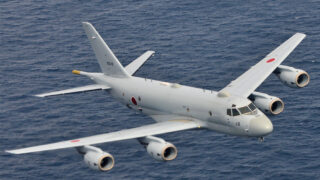
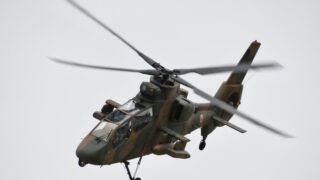
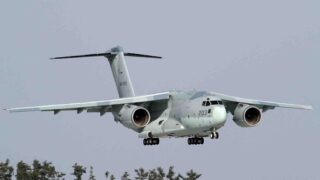
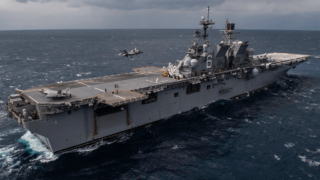
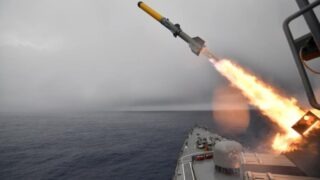
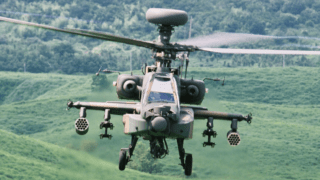
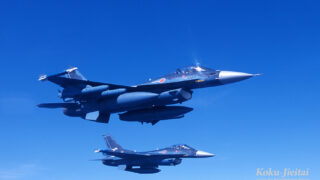
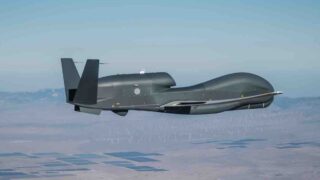
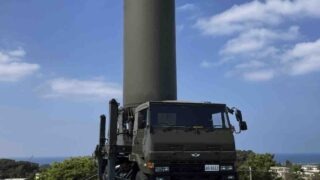
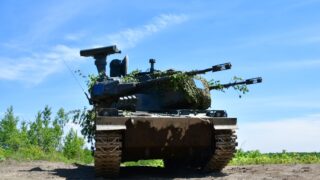
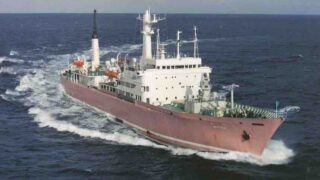



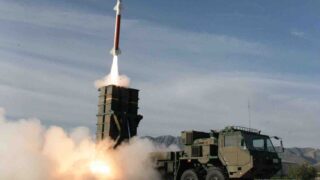
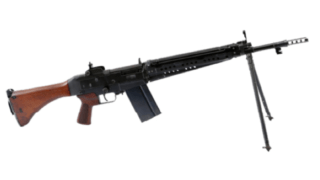
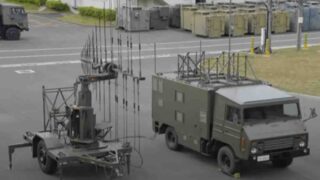
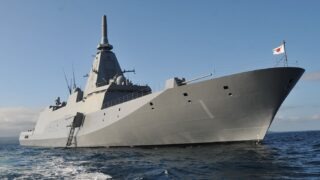
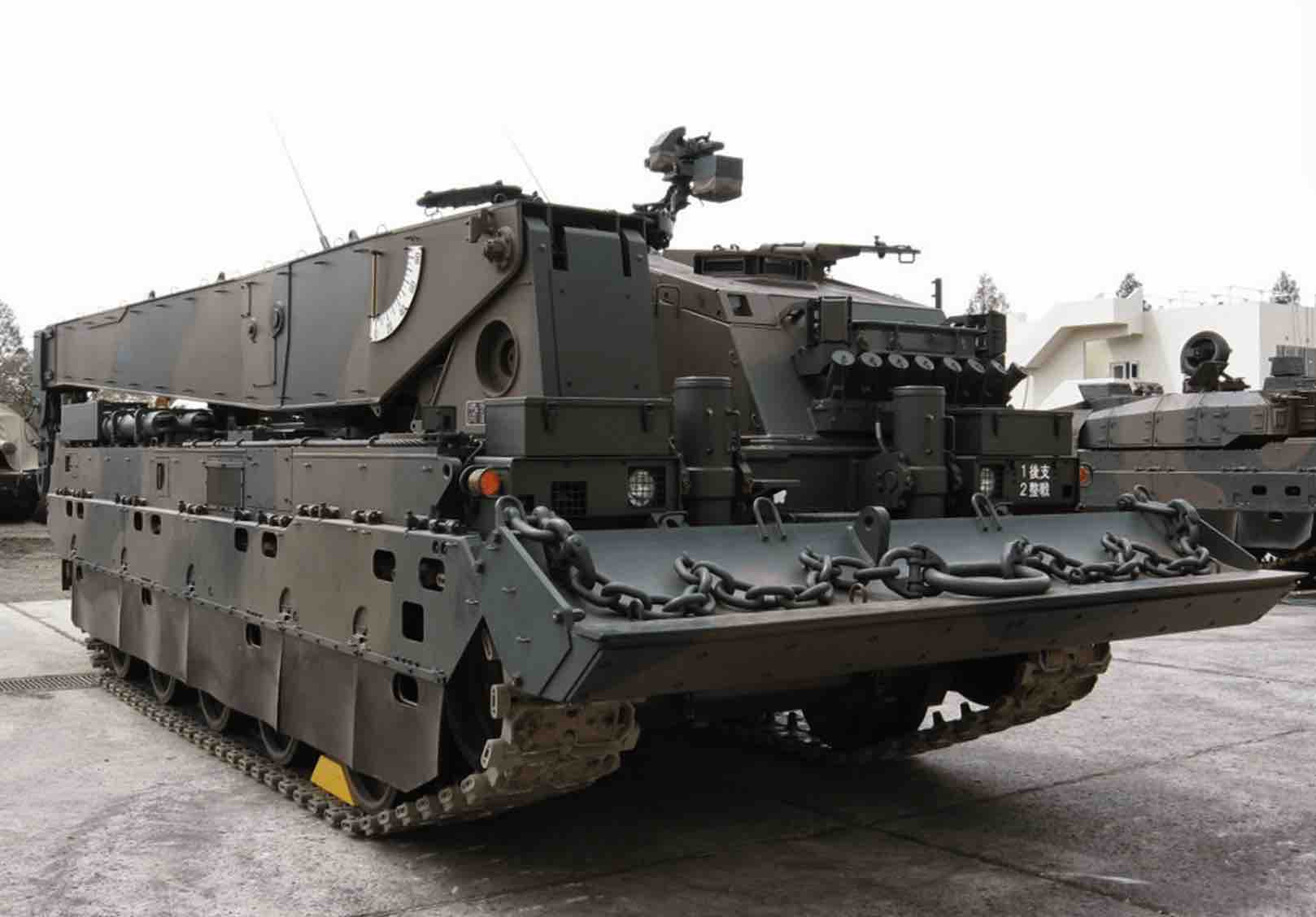
Comments